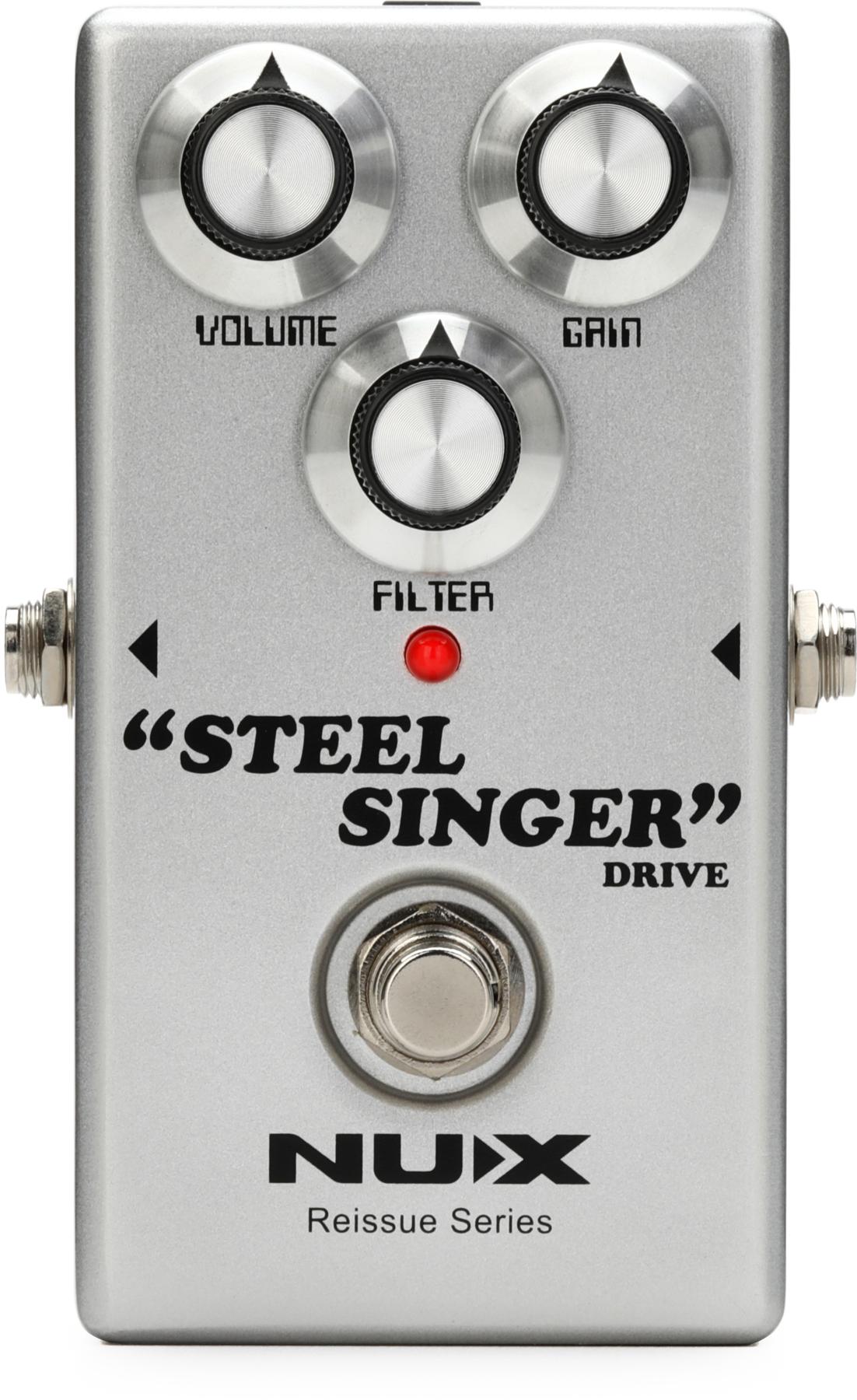One tried-and-true business plan for pedal companies to first offer a few effects for guitarists, gain notoriety, broaden their lines, and then start offering pedals for bassists. That’s when the delicate work begins: When a pedal company rolls out its first dedicated bass pedal, what should be first? Chorus, fuzz, or maybe an octave pedal?
For their first bass offering, Japan-based Providence decided to hit low-enders at their tonal core without wizardry and smoke. Knowing Providence’s wares have been used by such heavyweights as Larry Carlton and Steve Lukather, I was eager to check out the company’s new Dual Bass Station.
Dualing It Well
Intended to be used as an “always-on” device, the Dual Bass Station is a 2-channel bass preamp designed for maximum headroom. It’s housed in a lightweight yet sturdy chassis, and the switches and knobs are all smooth and tight. Each channel (A and B) has a row of controls consisting of a 3-band EQ with a master level control. Additionally, each channel has a tiny midrange-frequency dial that lets you contour those frequencies that are so critical to bassists.
There are two footswitches: one for A/B channel switching and the other to mute the unit. The 1/4" jacks on the back are inputs for each channel, a tuner, and a line out. The lights on the front are incredibly bright—a boon for those who play in dark clubs and sun-soaked stages. All in all, it’s a pretty straightforward design.
The Dual Bass Station is touted as operating on 24 volts, yet it has a 12-volt adapter. So what gives? Well, the pedal has an internal voltage doubler that’s designed to give it plenty of headroom. And the fact that the unit comes with a dedicated power supply that sports a low profile (as opposed to a heavy wall wart) is a big plus for me. I’ve had pedals that run on specialized voltage not come with an adapter, leaving me to supply the power. This can lead to sub-par performance and leave you scratching your head about how the pedal sounds.
Out of the box, the Dual Bass Station intrigued me for a couple of reasons. I like that each channel is the same, which shortens the learning curve. And because each is the same, you don’t have to be channel-specific with your instruments.
The Dual Bass Station is set up to offer either channel switching with one bass (get your boosted-midrange soloing on), or let you plug in two different basses and EQ each one individually. For this test run, I chose a warm and mellow passive vintage P and an active Warwick Streamer Pro M, which is a midrange-heavy fretless. I played both basses through an Eden Metro combo amp.
Max Headroom
With the pedal’s EQ and volumes set identically flat on both channels, I got things started with the Warwick Pro M. The pedal’s semi-parametric EQ is pretty flexible with a 14 dB boost or cut for the bass controls at 60 Hz, the mids running a very wide 150 Hz to 1 kHz, and the treble coming in at 3 kHz.
Ratings
Pros:
Lightweight, great tones, easy as pie to dial in.
Cons:
Players hooked on features may want a few more bells and whistles.
Tones:
Ease of Use:
Build/Design:
Value:
Street:
$299
Providence Dual Bass Station
providence-ltd.com
But I like how the Warwick cuts through the mix, so I pushed the mid freq back to flat and let the EQ do the work. Small adjustments go a long way with this pedal. I could boost the treble just 1/8 of a turn and the bass opened right up with definition and punch. By boosting the bass control the same amount, I was greeted with an overall warming of the Warwick’s tone without losing its sonic personality. Here’s what’s really cool about both channels being the same: While adjusting channel A, I could A/B my tweaks with the original EQ setting and not let my new EQ settings run away from me.
Next on deck was the passive P bass that I have strung with flatwounds. I like my flatwound basses with just a hair of presence, but more important to me is that the bass is felt more than heard. For some bottom-end boost, the Dual Bass Station delivered, and it gave me the medicine-dropper touch of treble I like while keeping the vibe of the instrument intact and not masking the vintage tone. When I came up on the overall level for the P, the pedal delivered all the gain I wanted and kept the sound as clean as can be, even at high levels.
The Verdict
Even if you have a 2-channel amp with switching capability, you’re going to want to check out this pedal. Not only does it sound really good, its simple approach can tame the two-bass dilemma in a simple stomp without losing the tone of your fingers or the basses. I like the mute switch, which helps if you are plugging and unplugging, or just trying to save batteries on your backup active bass. So if massive, clean headroom combined with a user-friendly and highly flexible EQ sounds appealing, the Dual Bass Station should be next on your demo list.













![Rig Rundown: Russian Circles’ Mike Sullivan [2025]](https://www.premierguitar.com/media-library/youtube.jpg?id=62303631&width=1245&height=700&quality=70&coordinates=0%2C0%2C0%2C0)













